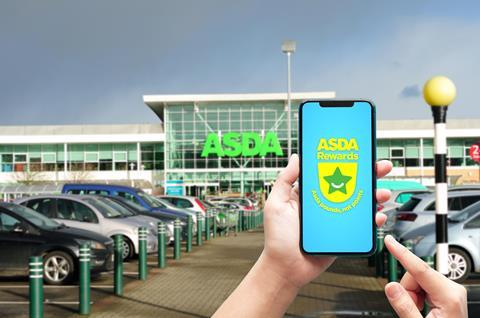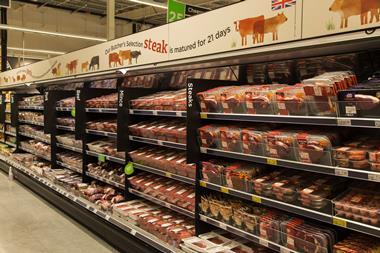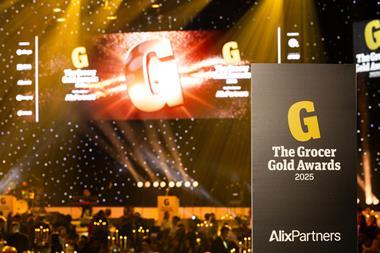
It’s no surprise that Derek Lawlor is leaving Asda. With his golden handcuffs auto-unlocking in March, he’s the latest in a queue of executives – including CEO Roger Burnley, COO Anthony Hemmerdinger, CFO Rob McWilliam and chief strategy officer Preyash Thakrar – through the revolving door since Asda’s sale to Mohsin and Zuber Issa last year
But at least Asda has been able to announce a few replacements, with the board boosted by a combination of internal and external appointments. Of the external ones perhaps the most interesting is a successor to Lawlor in the form of Kris Comerford, another Tesco executive, albeit a very different animal.
What will Comerford do? It’s certainly not an easy brief, with the discounters running rampant once again, and inflation also. Our report on food price inflation in the major mults shows Asda increased the price of 1,655 skus in the last week. That’s 8.5% of its range, with net prices up 13.7% on average.
The last time food prices were running this hot was 10 years ago, and it was Asda’s willingness to up its prices that allowed the discounters to gain a stranglehold on the UK grocery market. It wasn’t alone in this regard of course, but being the cheapest supermarket was Asda’s USP. It’s struggled with its identity ever since, even with lower prices and costs.
In yet another attempt to compete on price against Aldi and Lidl, Lawlor undertook a reset starting in 2019 that has seen another 23% of its range (6,000 lines) axed from its range over the past two years. The question is: will Comerford now reverse that strategy and bring back more choice? Range rationalisation has certainly worked for Tesco but crucially it’s had a whole bunch of other USPs, including Clubcard, not to mention the data behind it, to instruct its decision making.
To be fair, a smaller range means greater scale, more efficiency and more resilience in the face of availability crunches, which is no bad thing in the current Covid climate. But like the last time Asda started pushing prices up, it’s notable that in recent weeks, Asda’s price position has drifted from a planned 4%-5% to nearer 20%. What’s more, it’s now regularly more expensive than arch rival Tesco, with the latter either cheaper or level-pegging in the Grocer 33, once those Clubcard discounts are applied. That’s a position that would have been untenable for Asda under Walmart’s watch.
It also would have been unthinkable for Asda not to have the cheapest fuel, but where there was always at least a penny difference vs nearby forecourts, it’s now as little as 0.1p, and in some cases big four supermarkets are now cheaper.
If I was being kind I would say Asda is using fuel to minimise the impact of food price inflation. And the discounters don’t do fuel so making more money there is an advantage. But Asda needs to stand for something, and it’s not more concessions or more Extra Special lines. Stripping out choice further plays into the hands of the discounters. Every extra facing is a reminder that your products are more expensive. And though it’s not alone among the big four in not making a virtue of its range – the choice of 15 apple varieties or the 18 types of tomato – it needs to play to its strengths. Asda will never be as cheap as the discounters. But it needs to be at a lower level relative to its peer set, while also playing to its strengths in terms of range, breadth, excitement, innovation and theatre. Without those it’s nothing.



















No comments yet